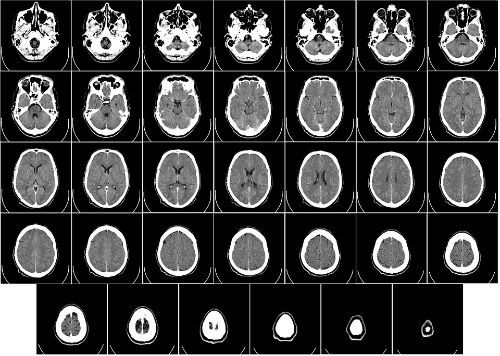What is diagnostic imaging?
Diagnostic imaging presents many non-invasive methods of observing inside the body to determine the cause of an injury or illness and certify a diagnosis. It is also used to see if the body is responding properly to treatment, or if a fracture is healing.
If you need diagnostic imaging, you can count on the company’s services – http://www.eurodiagnostic.pl/
Examples of types of diagnostic imaging include the following services.
X-ray
X-ray is probably the most well-known diagnostic imaging service. Doctors use them to see inside the human body. The X-ray machine produces a high-energy beam that bones and dense tissue cannot absorb, but which penetrates the rest of the body. This provides a picture that allows doctors to see the bones and any damage they may have sustained.
Computed tomography (CT)
Integrates a series of X-rays taken from different angles. Then computer software creates cross-sectional images of the bones, soft tissues, and blood vessels inside the body. Provides a more complete picture than regular x-rays. It is often used to quickly analyze the condition of people who may have internal injuries due to some accident.

Magnetic resonance imaging (MRI)
Instead of radiation, MRI uses a very strong magnet to produce images of a patient’s body.MRI uses a magnet, radio waves, and a computer to create images of organs and structures in the body and can often show problems that other imaging methods do not see.
Diagnostic imaging – faster diagnosis
With diagnostic imaging, many diseases can be diagnosed faster, more accurately than ever before.
The impact of medical imaging on health care continues to grow. Diseases are revealed earlier, and treatment becomes more effective. Its use transcends the field of diagnosis, entering the stage of prevention and therapy, and can contribute greatly to the decline in health care costs globally.
